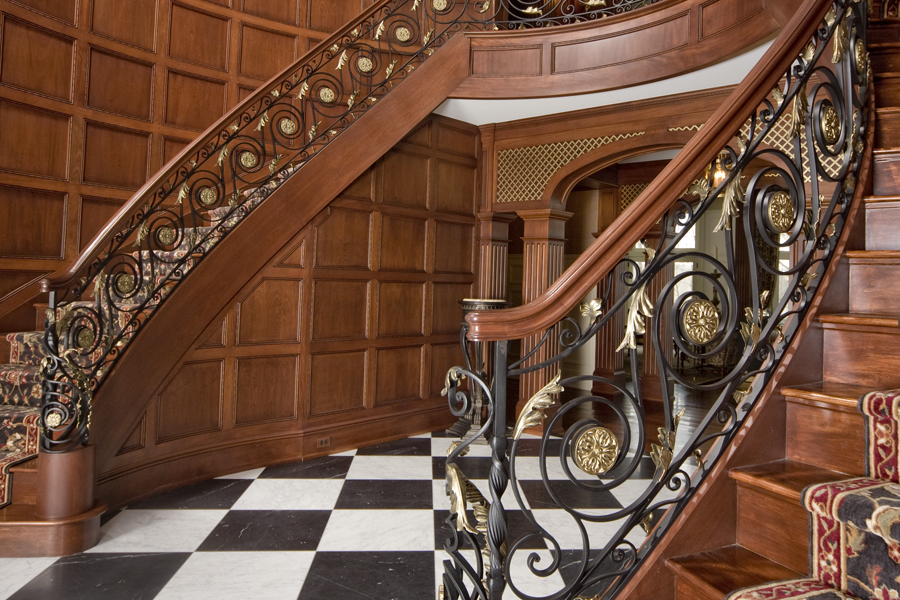Iron, a metal that has been used for centuries, is one of the most versatile materials in the world. It is strong, durable, and can be shaped into intricate designs. Ironworks have played an essential role in human history, from weapons to architecture to decorative art. The craft of ironworking has evolved over time, from ancient artisans to modern-day makers who push the boundaries of artistry.
In this article, we will explore the beauty and craftsmanship of iron works through history and examine how techniques and tools have changed over time.
Symbolically speaking, iron represents strength and resilience. As a material that can withstand intense heat and pressure without breaking or bending, it has become synonymous with durability and longevity. Ironworks are a testament to human ingenuity and creativity; they showcase our ability to transform raw materials into beautiful pieces of art.
Each piece tells a story – whether it’s the sword wielded by a medieval knight or the ornate gate that guards an estate entranceway – ironworks hold cultural significance as well as aesthetic appeal. This article aims to delve deeper into this fascinating craft by exploring its rich history while examining how modern-day makers continue to keep it alive today.
The History of Ironworking: From Ancient Times to the Present Day
The history of ironworking, spanning from ancient times to the present day, is a testament to the ingenuity and skill of human craftsmen throughout the ages. Iron has been used for tools and weapons since prehistoric times.
The Hittites in 1500 BCE were among the first to develop smelting techniques that could create high-quality iron objects. The Greeks and Romans also made significant contributions to ironworking, with Roman blacksmiths becoming some of the most skilled in Europe.
During the Middle Ages and Renaissance periods, ironwork became an art form as well as a practical trade. Skilled craftsmen created intricate gates, balconies, grilles and other decorative metalwork for churches, palaces and homes across Europe.
In modern times, industrialization led to mass production of iron products such as machinery parts and construction materials. However, there has also been a resurgence of interest in traditional blacksmithing techniques among artisans who appreciate the beauty and craftsmanship that can be achieved through hand-forged pieces.
Techniques and Tools of the Trade: How Iron Works are Created
Ironworking is a complex process that involves the use of various tools and techniques to create intricate designs and functional pieces. Here are some of the key techniques and tools used in ironworking:
– Forging: This is the process of shaping metal by heating it until it is malleable, then hammering or pressing it into shape. This can be done using a variety of tools, including hammers, anvils, and presses.
– Welding: This involves joining two or more pieces of metal together using heat and pressure. There are several different types of welding, including stick welding, MIG welding, and TIG welding.
– Casting: This involves pouring molten metal into a mold to create a specific shape. The mold can be made from sand, clay, or other materials.
In addition to these techniques, there are also many different tools that are used in ironworking. These include hammers, chisels, tongs, drills, grinders, and saws. Each tool has its own specific purpose and requires skill and experience to use effectively.
Overall, ironworking is a highly skilled craft that requires both technical expertise and artistic vision. Whether creating functional pieces or decorative works of art, ironworkers play an important role in preserving this ancient tradition for future generations.
Modern-Day Ironworkers: Pushing the Boundaries of Ironworking Artistry
Pushing the boundaries of ironworking artistry requires a deep understanding of both technical proficiency and creative expression. Modern-day ironworkers have taken on this challenge by utilizing new technologies and techniques to create stunning works of art that push beyond traditional perceptions of what is possible with iron.
One such example is the work of artist Tom Joyce, who combines his background as a blacksmith with a passion for sculpture to create intricate pieces that are both visually striking and technically impressive. His work has been featured in museums around the world, including the Smithsonian Institution’s Renwick Gallery in Washington D.C.
Another artist, Daniel Kornrumpf, uses digital technology to create precise designs that can be translated into metal sculptures using state-of-the-art machinery. These advancements allow him to push beyond traditional limitations and create works that feature complex geometries and intricate patterns.
Overall, these modern-day ironworkers are advancing the field of ironworking artistry through innovation and creativity while also honoring the rich history and traditions that came before them.

